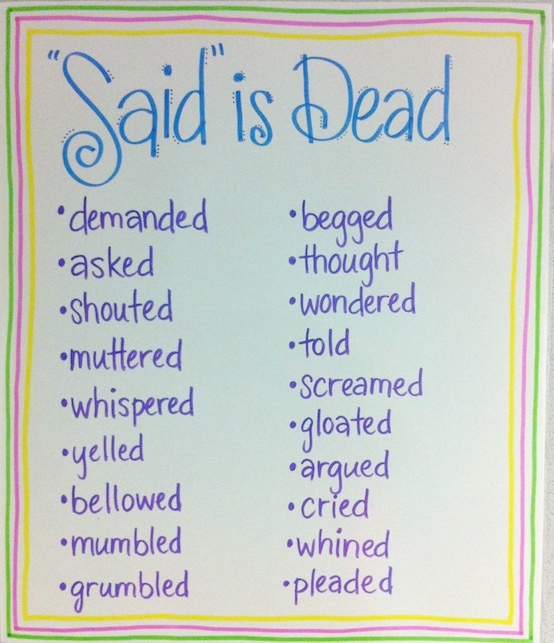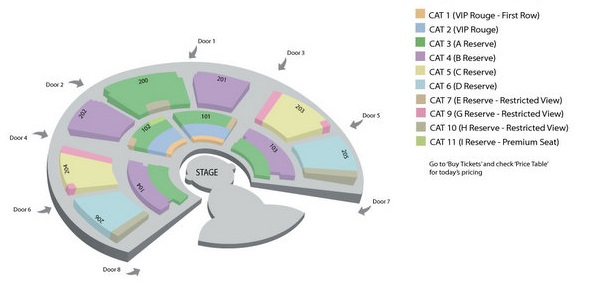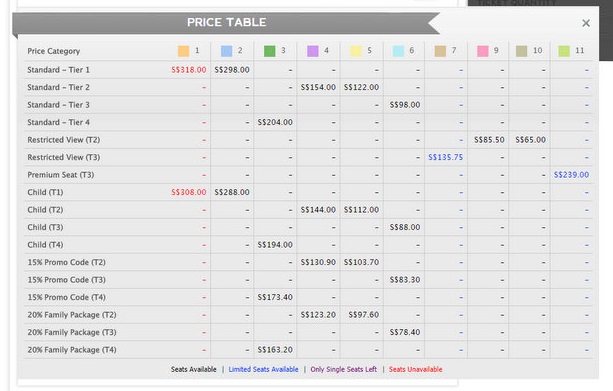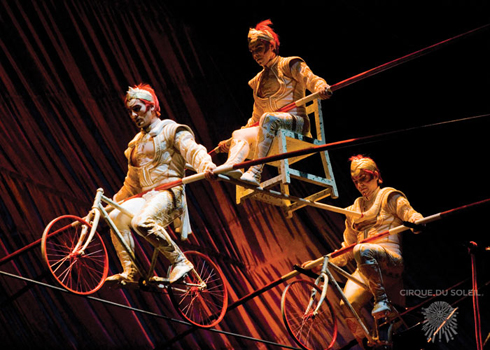One of the notable differences when Sophie progressed to Primary 2 is having more graded written assessments. With a greater emphasis on writing for both English and Chinese, I began to wonder how I can guide Sophie to score in her Primary 2 compositions. It’s no wonder parents often feel stressed when trying to help their kids with their studies when they feel helpless and unfamiliar with the school syllabus.
Despite being an English speaking parent, I am sometimes at a loss when Sophie approaches me for guidance because writing can be so subjective with no definite methods or answer. But at the same time, it’s also what I like about compositions as kids are not confined to a fixed answer and where they can exercise their creativity.
While there’s no doubt that the enrichment centres or tuition centre may do a much better job at teaching my child how to ace her compositions, I like to be more involved in my child’s learning.
READ ALSO: English Composition Writing for Primary One
I scoured writing resources, blogs and forums and picked up some very helpful tips and here are a few things that I’ve learnt along the way while has helped Sophie. In fact, her writing has improved over the months where her recent essay got selected by her English teacher to be published in her school’s budding writers publications which was a much needed morale booster.
Understanding Primary School English Compositions Format
- Picture composition – Four pictures in a sequence
This is one of the most common formats used in Primary 2 composition where students have to write a story based on the pictures provided.
Pupils are encouraged to be as detailed as possible when describing the events in the pictures while ensuring that they stay relevant to the pictures.
- Picture composition – Three pictures in a sequence with a question mark for the 4th picture
This is another common format where the ending is open-ended. This allows students to exercise their creativity for the conclusion of their story and where they can inject surprises in their writing.
I feel that this format gives a chance for students to differentiate their piece of writing from other kids where original ideas will have an upper edge.
- A topic or theme
Broad topics like, friendship or an act of honesty, are sometimes given where students have room for penning an original story as long as the content is relevant to the topic.
Other times, proverb such as, Honesty is the best policy or a dog is a man’s best friend, are given and pupils have to expound on it and write a story based on it.
READ ALSO: Recommended list of assessment books for Primary Two
Tips for Primary 2 English Composition
I don’t claim to be an expert in writing, but these are my top 5 tips that have worked well for Sophie’s writing in getting her from good to great.
1. Show. Don’t tell
Show, don’t tell is a technique to get kids to think about how they can use their word to allow the reader to experience the story through action, words, thoughts, senses, and feelings.
Here are 2 examples.
Tell Ryan was feeling sad.
Show Ryan was feeling so upset that tears started flooding his eyes as he hung his head low and walked away from his classmates who were laughing at him.
Tell Sonia was terrified of the wild dogs.
Show Sonia’s legs trembled at the sight of the wild dogs and she slowly inched from the dog house.
See how the second sentences have the ability to paint a vivid imagery with just words. Here are some other examples from Pinterest.
For similar resources, head to Pinterest and search for, “Show. Don’t tell.”
2.Expanding their word bank
In Sophie’s class, she’s encouraged to have a word bank that helps them build their vocabulary with different ways of saying the same thing. For example, thought can be replaced with words like wondered, imagined, dreamt of, etc.
Here’s another example on the possibilities you can come up with for “said”.
3. Start with an impactful opening
A typical start of a composition begins with, one fine day or one sunny day. While there is nothing wrong with this opening, it is painfully predictable and boring to say the least.
To have a more interesting opening, you can get your child to consider using the following:
- Sound – Ring…. the alarm clock woke me up from my slumber and I leapt from my bed.
- Dialouge – “Have you ever been wrongly accused as a liar before?”
- Idioms or proverbs – It was raining cats and dog and I was drenched from head to toe.
- Question – “Do you ever wonder what it would be like if you could have super powers?”
- Flashback – Whenever I see a bulldog, it would remind me of the time I was chased by my neighbour’s dog.
4. End it well
Starting well is important but you have to end it well in the conclusion of the writing too. Here are a few formats of how your child can end their writing.
I’m not so sure about the cliffhanger ending as it may give the impression that it’s unfinished.
The printable for the above can be downloaded here.
5. Editing checklist
Last but not least, kids should be encouraged to edit their writing to ensure that they spot any mistakes they might have made in the course of their writing before handing it in.
The few areas I’ll remind Sophie to check are:
- Tenses
- Spelling
- Punctuation
- Sentence Structure
- Storyline relevance to the picture
Here’s an editing checklist that you may like to use with your child after he/she completes their writing.
I hope this has been helpful for you to guide your kids in their composition to the next level.
Don’t let it be just about the grades
As I write this post, I have to remind myself that it’s a learning journey both for me and my child. There were many times when I’ve lost my cool with my girl especially when I felt that she wasn’t putting in effort in her writing. It led to a lot of needless frustration and tears and at the end of the day, I questioned if it was worth if if she aced her writing at the expense of having her feelings hurt by my harsh words?
So do be patient with your kids as they slowly embark on more writing and don’t expect overnight changes. I’m a believer that we need to equip our kids with a Growth Mindset and let them know that they can and they will improve with time and we should also encourage them and praise them for the efforts and progress they’ve made.
Here are some other useful links on primary school learning that you may be keen to read too.
- Primary Two Diary – 30 minutes revision + recommended list of assessment books
- Exam Preparations for Primary 2
- English Composition Writing for Primary One
- Exam Preparation Tips for Working Parents
- Teaching Writing to Lower Primary
- Resources for Chinese Oral (Part 1)
Enjoyed reading this post? Do like my Facebook page to get more learning posts updates. You can also follow me on Twitter (@Susankoh) or Instagram (@ajugglingmom) for learning, parenting and travel post for families.





















































